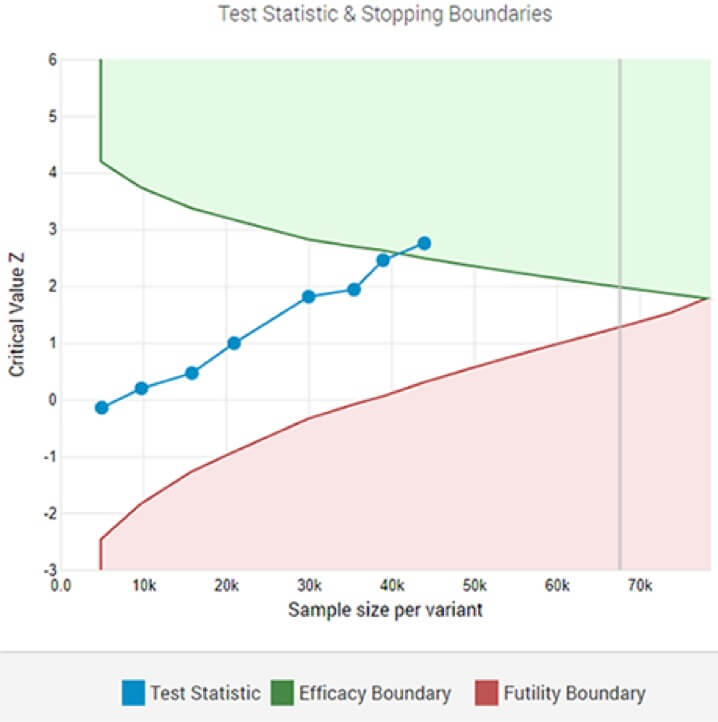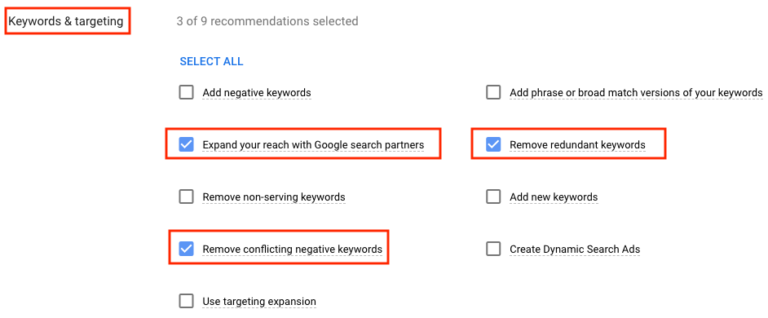Online, retail media is far more sophisticated than a decorative end cap at the grocery store. Retailers offer digital ads on their own ecommerce websites and apps to boost visibility of products to relevant audiences. In addition to the online shopping cart, these ads can be placed on the home page, search results pages, category and seasonal pages, and more. Retailers are even expanding beyond their own web properties to offer partner brands exposure via off-site advertising and social media placements.
What Is Retail Media?
These companies benefit from a new advertising revenue stream that offers much higher margins than traditional retail, giving them more budget to reinvest in digital initiatives. They can also leverage their retail media networks to solidify brand partnerships and better track and anticipate inventory demand.
“It’s all about the audiences. Retailers have amassed years of loyalty data through programs with perks, points, and personal information. While previously leveraged in a slow-to-scale (and rather impersonal) way, retailers can harness “people as data sets” with considerably greater relevance, and higher-quality targeting, to appeal to brands looking to generate new-to-brand buyers, foster loyalty buyers, and close the proverbial loop.”
Point of Purchase
– Elizabeth Marsten, Group Director, Marketplace Strategic Services
Conclusion: Boost Your Brand with Retail Media
Not only do more consumers see retail media than might expressly visit an unknown brand’s site, but they’re more likely to trust products they see on a large merchant site or app. A recent Amazon Prime Member Study by Tinuiti found that 6 in 10 Prime members had tried new categories or brands on Amazon during the pandemic; willingness to experiment correlated with loyalty to Amazon, suggesting trust in the platform helped nudge shoppers to try new offerings found there.
Because retail media placements are positioned within a shopping environment on the host ecommerce site or app and leverage existing customer data, brands can easily track the impact of their investments. They can see which products sell, which customers are buying, and confidently calculate return on investment (ROI).
Even with a number of potential benefits incentivizing brands to start their retail media journey, the prospect can be daunting. After all, each retail media network has its own customer data, advertising mechanisms, ad formats, and channels, making scheduling alone – not to mention tracking and reporting – a resource-intensive endeavor. But with focused investments in data, talent, and technology, brands can maximize ROI in record time.
The more data brands have at their disposal when planning and placing retail media ad buys, the better they’ll be able to target spending to relevant audiences. Tools for gathering first-party data such as email subscription offers, interactive profile builders that collect information on preferred styles or solutions, loyalty programs, feedback surveys, and customer service interactions can all help brands enhance existing customer records.


![[Infographic] The Interesting Effect of Speed on Conversion Rates](https://research-institute.org/wp-content/uploads/2022/06/infographic-the-interesting-effect-of-speed-on-conversion-rates-768x576.jpg)



